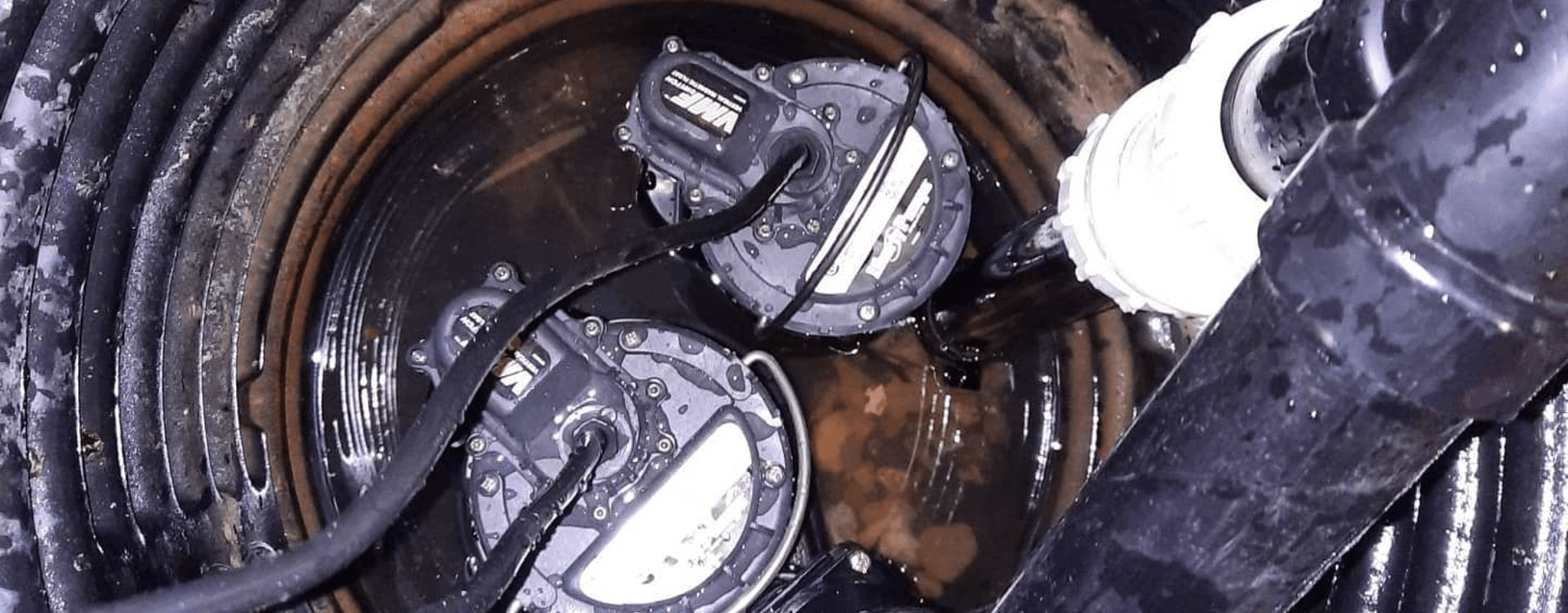
If you live on a property with a septic system, knowing how to find your septic tank and weeping bed can save you a lot of time and money. Whether you’re planning a renovation, installing a new driveway, booking home services, or staying ahead with regular maintenance, finding your tank is a smart move.
At Cardinal Home Services, we help homeowners across the region locate, inspect, and maintain their septic system. But if you’d like to try locating yours first, here’s how to find your septic tank and weeping bed without digging up half your yard.
What to look for
A septic tank is an underground chamber that collects and treats household wastewater. It’s usually made of concrete, fibreglass, or plastic, and works alongside a weeping bed—a section of soil where perforated pipes disperse filtered water. The weeping bed is the most fragile part of the system, so avoid driving, digging, or planting in that area.
If you’re not sure how to find your septic tank, start by checking the property documents you received when buying the home; these often include a system layout or site map. If records are missing, contact your local health department—they may have septic permits or survey maps that show the tank location.
And if that doesn’t help, our team at Cardinal Home Services can locate your system accurately and safely!
Follow the pipes
If there is no available documentation, then one way you can find your septic tank (or on another property) is by following the pipes. Sewer systems are installed on a line that extends from your home and into the yard, so it is likely you’ll be able to find it by following pipes along a basement or crawl space.
Another way to find the septic tank is to follow along the pipe using a drain snake (it is recommended that you do not attempt to find the septic tank by climbing in yourself). Alternatively, flushing a transmitter down the toilet will guide you along the system and help you find the tank.
Look for clues
People don’t usually think about their septic system until there’s a problem—but if you’re wondering how to find your septic tank, there are often visual clues right on your property. Start by looking for areas where the ground looks slightly raised or different. Septic tanks are sometimes located under driveways or paved surfaces, near trees, or close to the house (though they’re typically at least five feet away from the foundation). It’s also worth checking under patios, installed decks, or in spots where the grass grows greener or snow melts faster. These subtle signs can help point you in the right direction.
If you find the septic tank’s location, it is also recommended that you draw up a map yourself. It doesn’t have to be artistic or elaborate, but it will make it easier to find the septic tank in the future.
Furthermore, including it with your property documentation can help others locate the septic tank in the future, saving them the hassle.
Top-Quality Repair, Installation & Maintenance Services
Finding your septic tank shouldn’t feel like hunting for buried treasure. If you’re not sure where to start or don’t want to risk damaging your system, we’re here to help.
At Cardinal Home Services, our team is here for you to offer professional septic inspections, tank locating, and full-service maintenance. Let us take the guesswork out of it!



